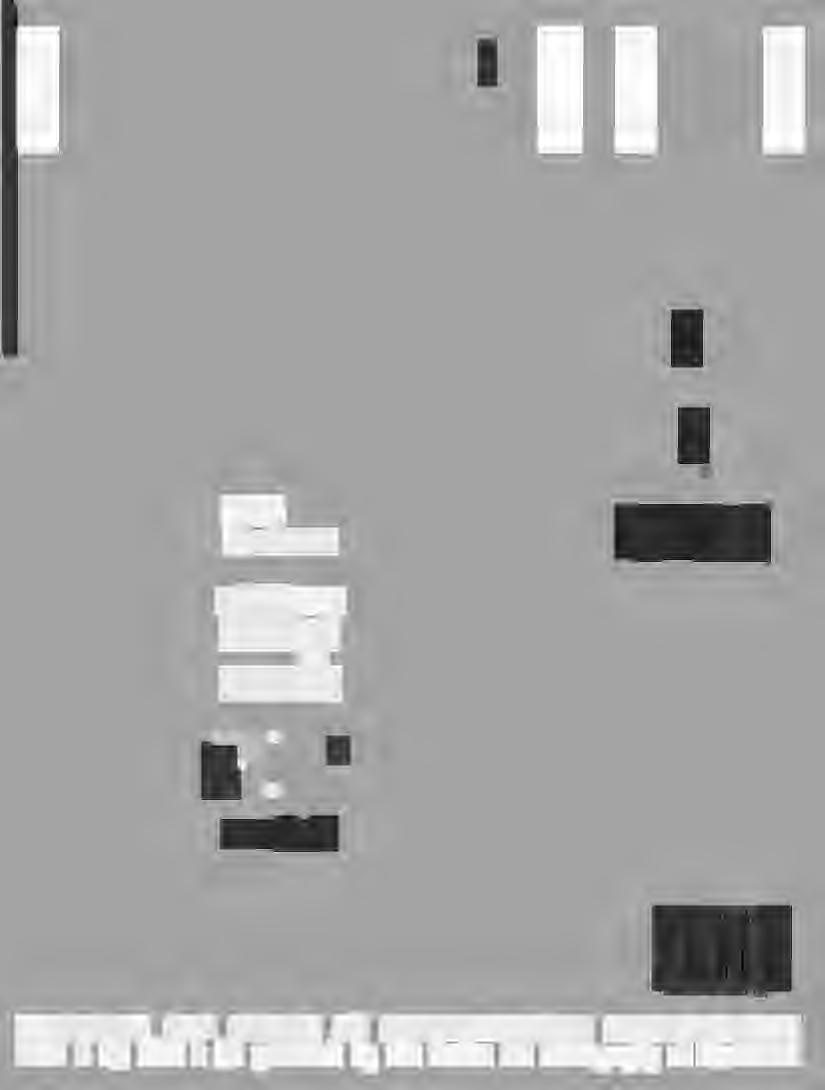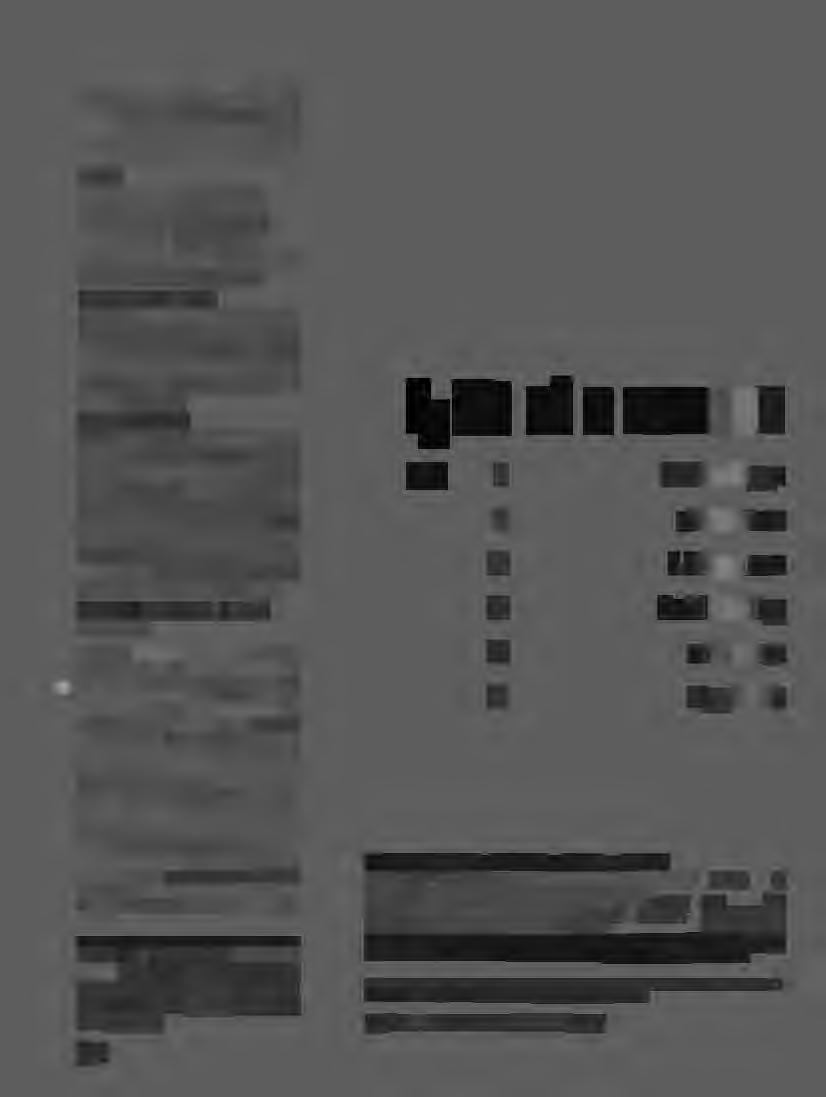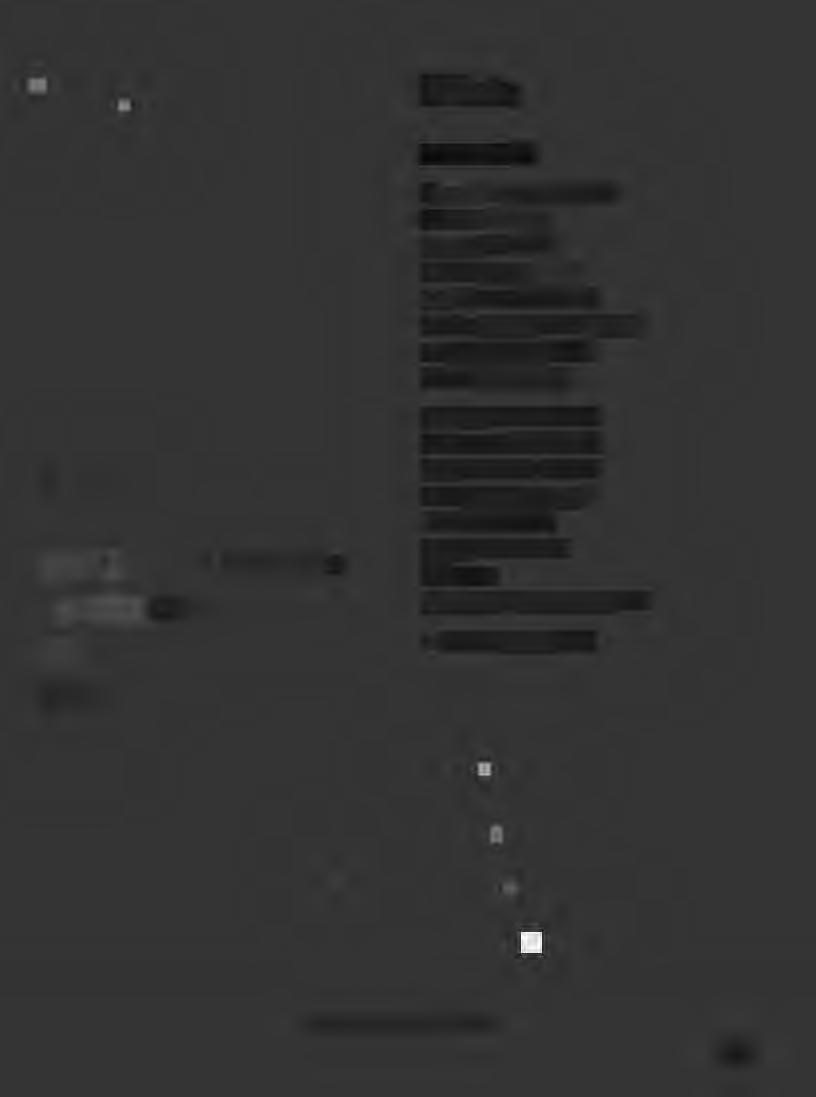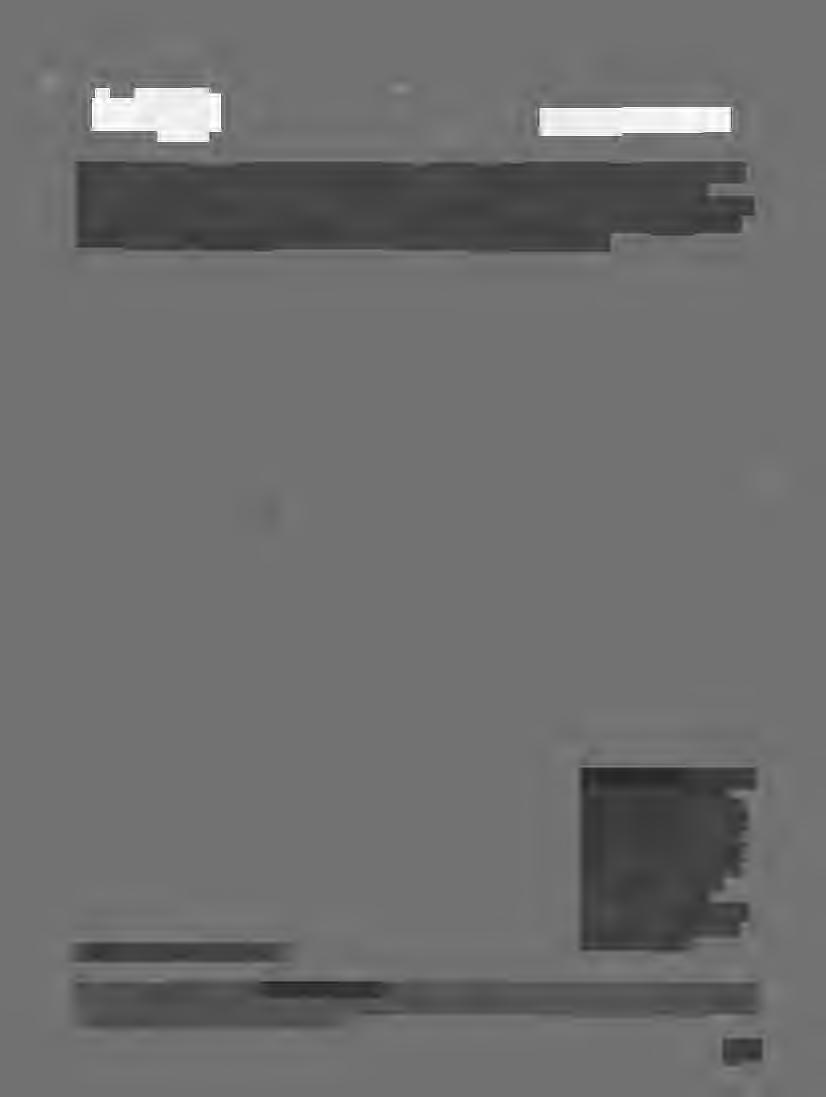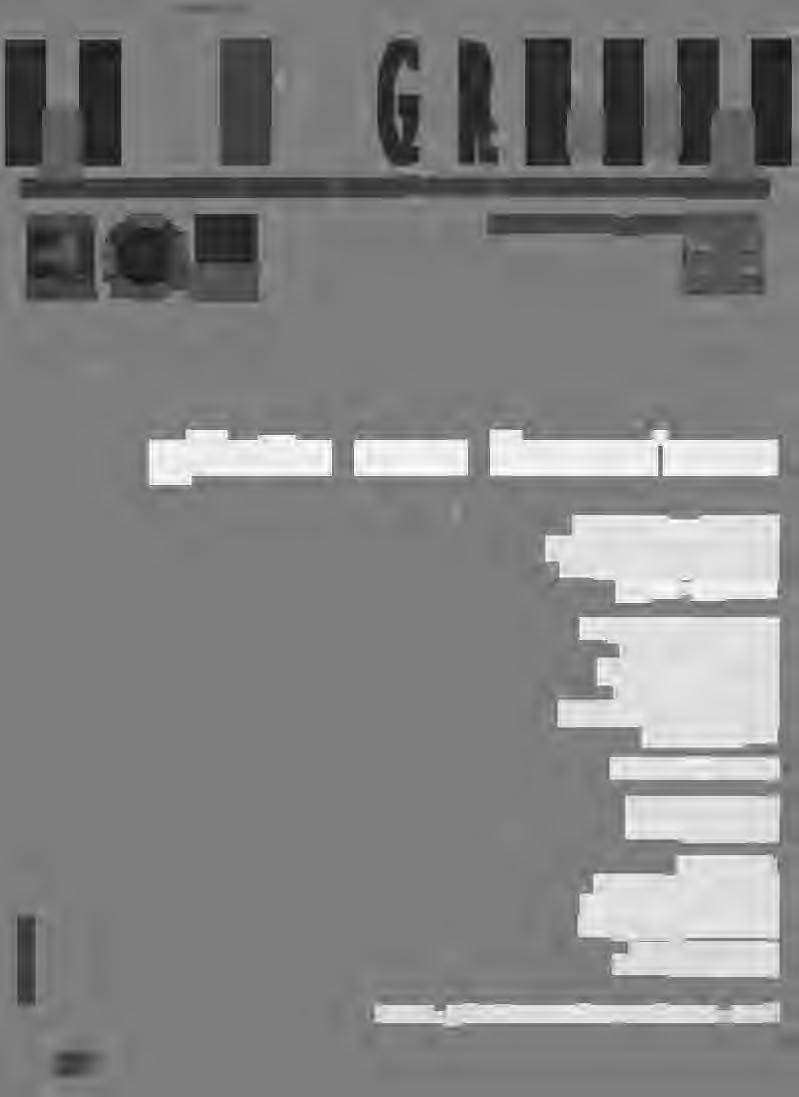Ata Remove

Utopian visions of a world becoming knitted closer together by new technologies and communication networks that have developed over the past several decades, have by now lost much of their luster. Some even see the World Wide Web as leading not to a utopia of complete connectedness but rather a dystopia of disembodied disconnectedness. In some way, the world may be coming together as a "Global Village" but what implications does this have for individuals who can communicate with strangers half way around the world in seconds, and yet, do not even know those who live next door? Other technologies and media such as television, in much the same way as the Internet, have changed the way people see (perceive) images. They run past our eyes so fast that we never grasp them in entirety, we only see fragments and distortion. This partial way of experiencing the world, the part versus the whole, leads to an isolation and loneliness that affects our relationship, not only with the world in general, but specifically with other individuals. It can be argued however, that the virtual world exists only in parts and we construct the whole as we sit at the
computer and reconstruct and refigure these parts as whole.This partial way of viewing the world exists not only in the virtual world, but also in the "real" world. 1
Artists in this article reflect a level of perception that is specific to the late 20 th century and, one can argue, will only worsen as the 21 st century unfolds. Much has been written and many discussions have taken place at the dawn of the new century about this phenomenon, which is currently being explored in various ways by psychologists, theologians, cultural critics, as well as artists. There is a sense of isolation: physical, political, spiritual, and psychological-both the artists and their subjects seem detached, atomized, affectless in a world that is more disconnected than ever before. In the August 2000 issue of American Psychologist: The Journal of the American Psychological Association, researchers published the results of a study that examined the social and psychological impact of the Internet on 169 people (http:/ /www.apa.org/journals/amp/ amp539107.html). Although the Internet's overall impact has yet to be determined, the study did find
that "greater use of the Internet was associated with declines in participants' communication with family members in the household, declines in the size of their social circle, and increases in their depression and loneliness." Are we becoming a race of individuals who withdraw from the social world into a virtual world where we masquerade our identity and communicate, not as ourselves, but as another being? 2 Are we beginning to be at a remove from the rest of the world?
From the earliest days of the medium's invention, photographers have taken to the streets to capture the life around them. The street has served as muse, stimulus, and stage. The street figures prominently as the site for chance encounters, political revolution, and interaction with others. In the earlier part of the 20 th century, photographers such as Walker Evans, Gary Winogrand, and Joel Meyerowitz worked with the assurance that we would interpret their pictures as genuine slices of life seized from the flow of real time, but the artists of today work in a very different manner. A new generation of photographers, including Jeff Wall,
Pq/4
williamstover
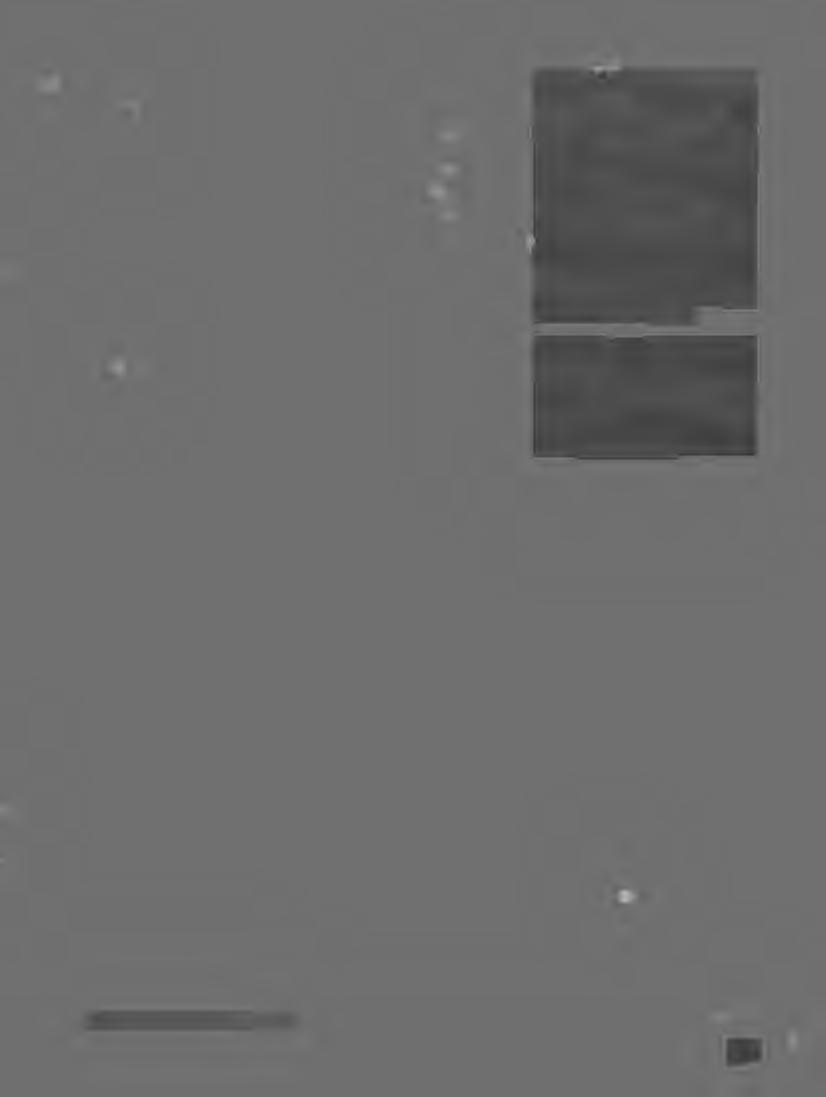
Tina Barney, and Gregory Crewdson, amongst others, creates elaborately staged photographs that give the viewer an illusion of reality, though they are totally constructed. In other words, their work is not a slice of genuine life; rather, it is life through a mediated experience. Why do these photographers choose not "to reveal and celebrate reality" as Berenice Abbot implored, but to stage life rather than depict it?3 Can it be that they are removed from the experience of the real world and can only construct a virtual reality?
Taking this a step further, photographers such as Beat Streuli and PhilipLorca DiCorcia (in his recent series) return to the street, however in a very different manner from those early street photographers. Like the earlier photographers, these artists
© 1997,
RobertToedter,SA.0097.62, C-print, 30x40"
Pq/5
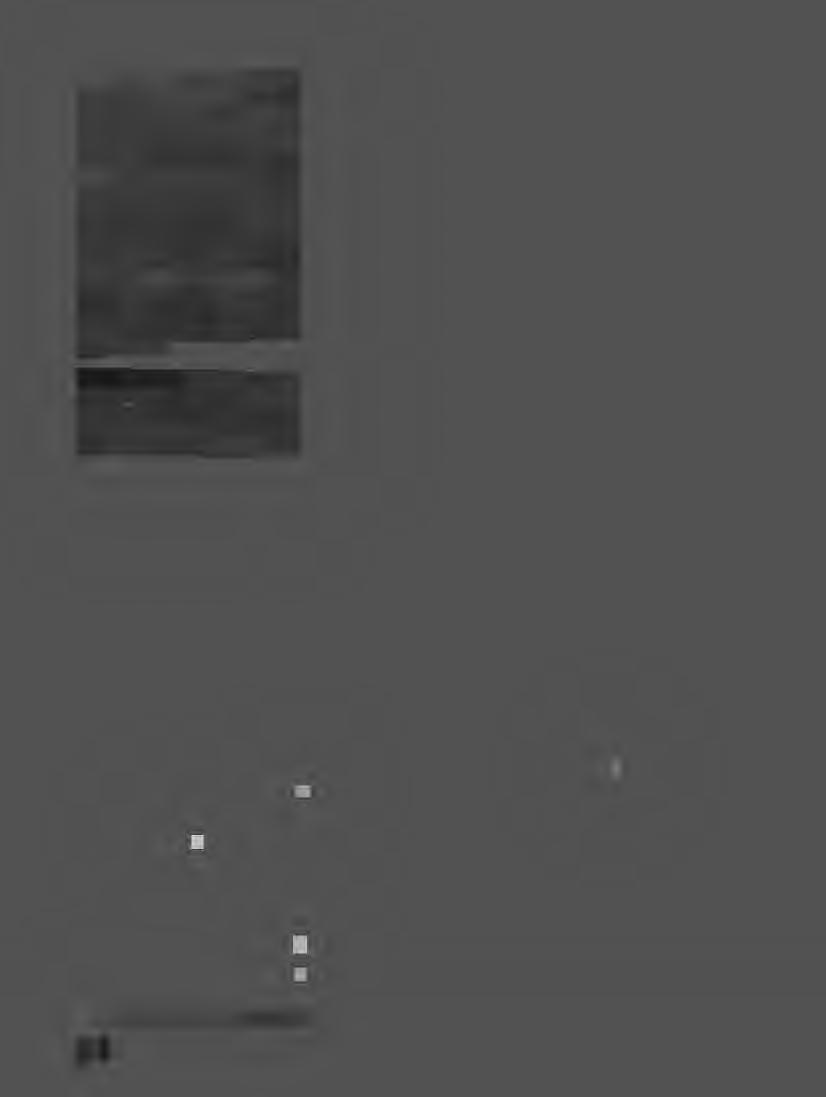
view the street as a stage and the individuals captured by the camera as actors in the daily drama of life. However, in their work, these photographers concentrate on isolation; there is a detachment from their subjects and a sense of distance can be detected. The individuals in these photographs, detached and separated, seem to be silent and solitary even amongst a large crowd. Occasionally we can glimpse the side of a bus, a wall, or a storefront, but these elements tend to add to the sense of alienation and unease, reinforcing our fragmented way of viewing the world.
Robert Toedter takes this one step further; the figures in his photographs are at even more of a remove from the photographer. Toedter does not interact with his subjects - with
Pq/6
© 1998,Gerard Byrne,#2Jcll0, C-print, 150cm x 99cm

others in the world - but secretly captures them with a telephoto lens (usually from behind using a video camera).The resulting grainy images have the same feel as live remote feed from the web. There is a fear and distance in this work, which seems to be born out of the contemporary phenomena of life surveyed through a cold and calculated video eye. As with reality based TV, by which so much of our society is enthralled, Toedter's work is life viewed, not life experienced.
IfToedter steps away from his human subject, Gerard Byrne turns his back on them altogether. Pointing his lens away from the street and into storefront windows, the subtle, almost ghostly reflections of lights in the pane of glass are the only indication that Byrne is positioned on
#2Jcl2, C-print,150cmx99cm
©1998,GerardByrne,
Pq17
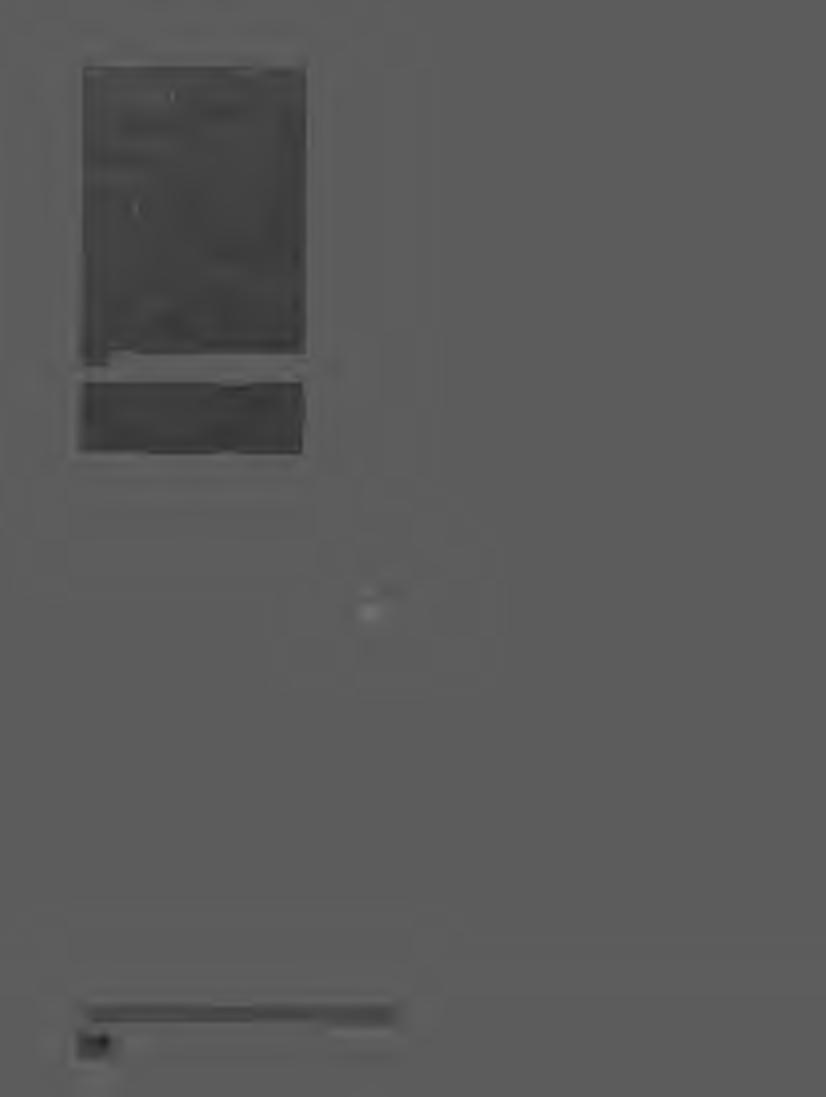
the street. Paul Virilio in "The Overexposed City", writes of a post-modern city of glass, this one differing from the modernist version by the evolution of the physical city into a simulated one-dominated by the glass of the computer screen and surveillance monitor, a city of pure surface. 4 Byrne's photographs reflect (both literally and figuratively) on the history of street photography while subsequently drawing our attention to the contemporary phenomenon that we now gather our knowledge of the world through a computer monitor and that we are constantly watched through a surveillance camera.
Removing themselves even further, some artists retreat from the life of the street entirely to interiors devoid of a human presence.These interiors,
Pq/8
© 2000, Mary McIntyre, Wbat tbe Visible Does Not Sbow Us, C-print, 48x60"
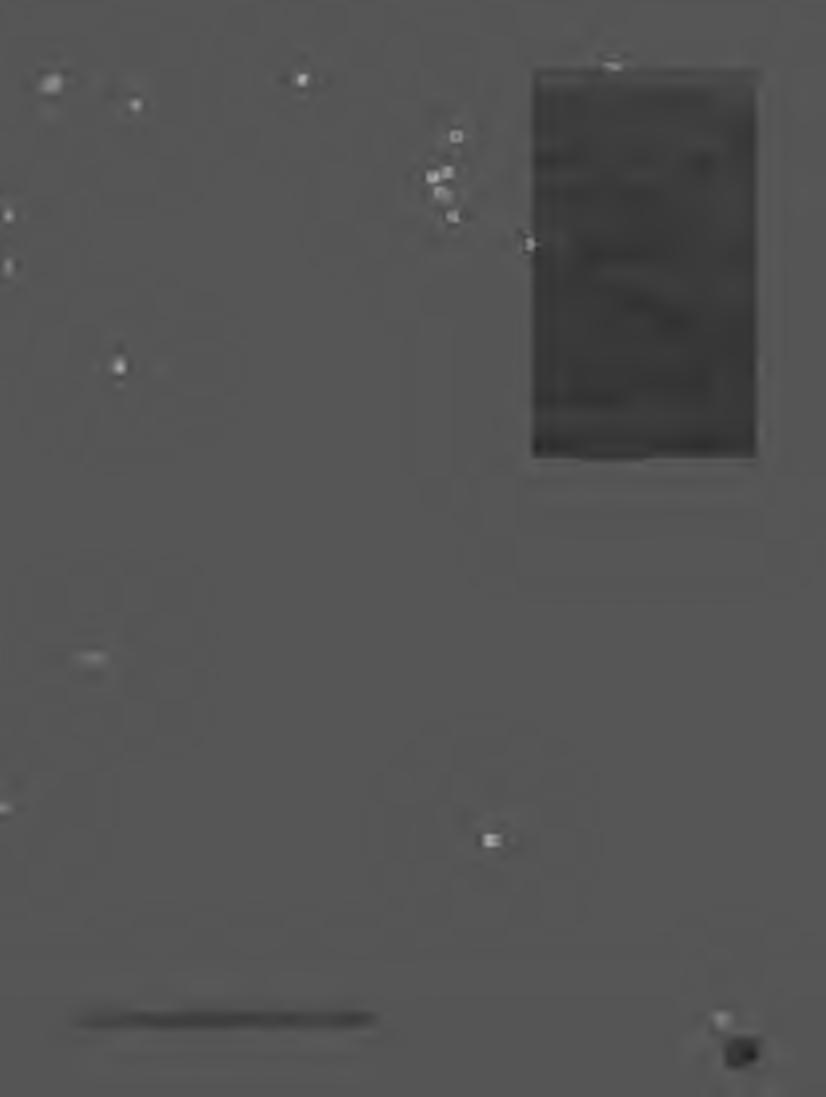
places which traditionally conjure memories of dinners and parties, work spaces filled with people frenetically conducting business, seem only to amplify the feelings of solitude and separation first seen in the lonely work of contemporary street photographers.We are shown everyday settings filled with familiar objects: furniture, household utensils, •books, and art. We see the trappings of life, but not the life itself. Over the course of the 20 th century, we have seen domestic and business spaces as places of self-definition or a substitute portrait; the rooms revealed something about those who lived or worked in them. Artwork now has quite a different feel. These spaces can be cold and indifferent. The viewer does not have the feeling that private space is exposed, but rather that the person(s) who inhabit these
©1999,Mary Mclntyre,An Object Which Tells of Loss #8, C-print, 48x60"
Pq/9
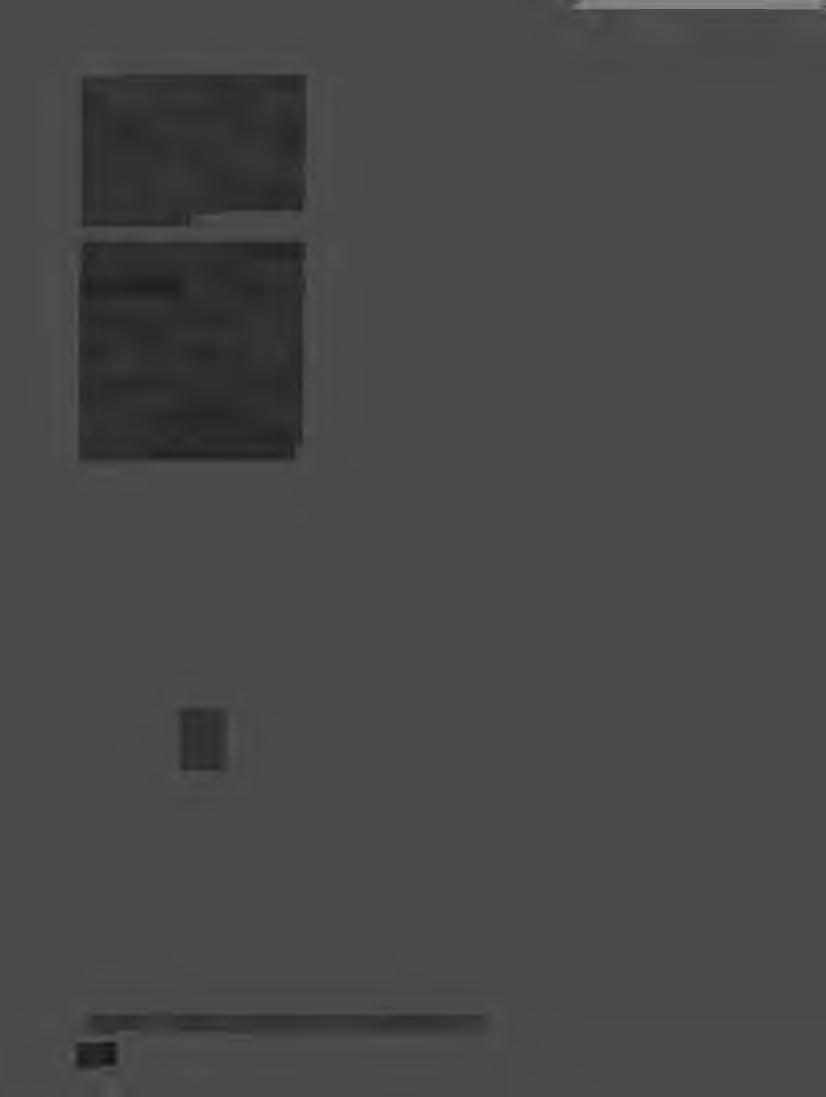
spaces have retreated from the rest of humanity.Theirs is a world where one can just connect (if this is truly the correct word here) with the rest of the world with the touch of a button. Theirs is also an experience that is mediated, only this time it is through the computer and not the television screen.
In large-scale photographs of interior spaces devoid of human presence, Mary McIntyre presents the viewer with absence as a metaphor for loss. We are confronted with a haunting quality that something is missing, that something is not quite right. In these pictures, objects and arrangements that would normally suggest human presence take on a peculiarly eerie feeling. Furniture and various objects of human activity seem to be caught in a moment of frozen time -
Pq/I0
© 1999, Andrea Geyer. Untitled from UnderstandingGeograp/Jy, C-print on aluminum, 29x391/,"
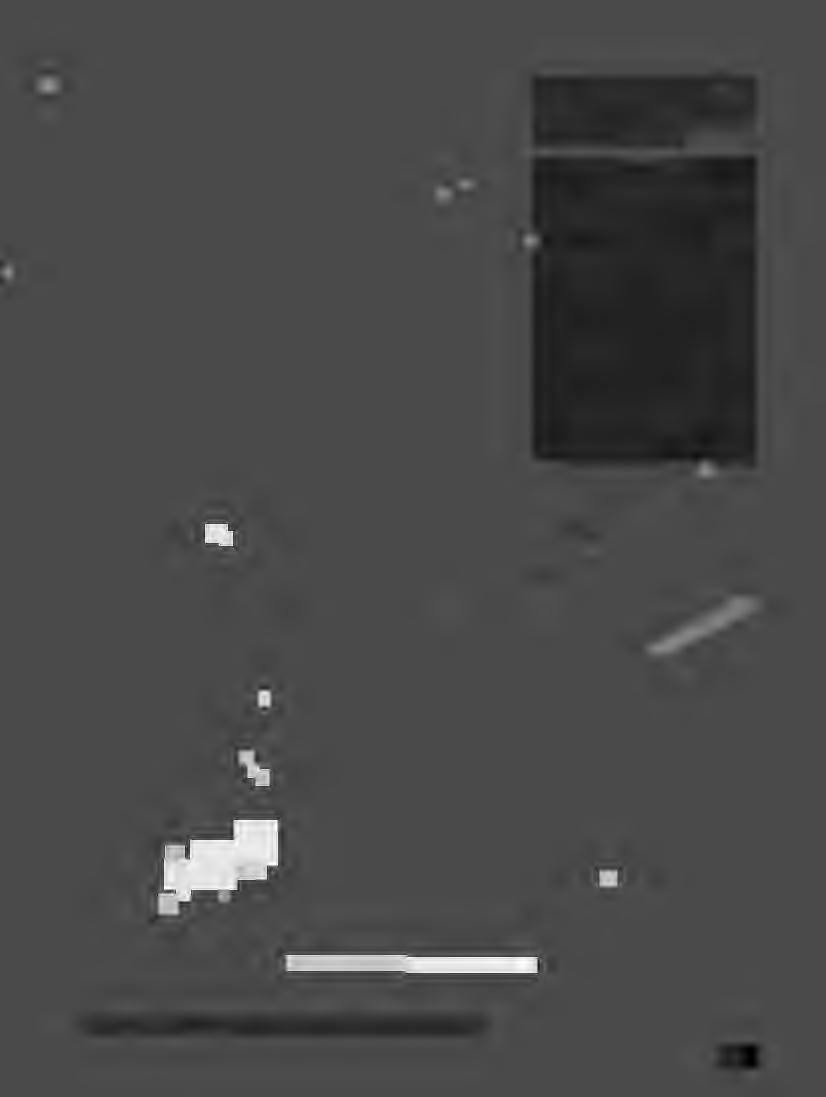
meant to be used by humans - they have no function without the presence of individuals using them for their intended purposes.
Much in the same vein, Andrea Geyer's photographs of corporate boardrooms have a frigid and unsettling presence.With an interest in the "structure of social interactivity", Geyer portrays the psychology of these spaces.As a site usually thought of as a place of power, the absence of the "Captains of Industry" highlights the role that architecture plays in the manufacture of modern business practice. With their photographs, both Geyer and McIntyre do more than document architectural spaces and places of supposed human interaction. They suggest a world where architecture still functions symbolically but no longer
©
1999, Andrea
Geyer, Untitled
from UnderstandingGeograp/:Jy, C-print on aluminum, 29x391/,"
Pq/11
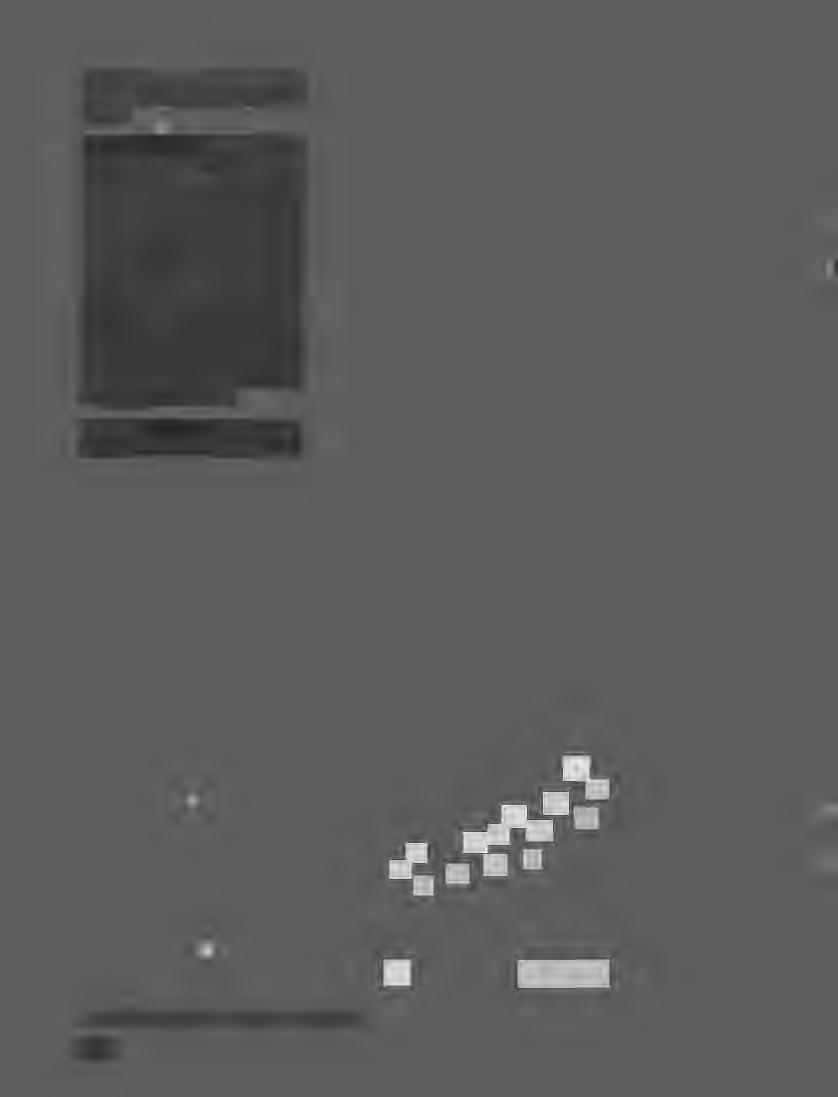
functions as a space of activity.These activities now happen in a virtual space.
Kate MacDonnell photographs the most familiar and intimate signs of human habitation -a stack of bed pillows, a family photograph over a mantel, house plants on top of unopened moving boxes -in scenes empty of human occupancy. These spaces, somehow seem very personal to the artist, yet at the same time feel personal to the viewer. These are places we have all been. These are activities in which we have all engaged. Even those photographs that MacDonnell takes in public spaces have a private and familiar quality to the viewer.
Similarly, Jean West photographs private and intimate spaces. As an
Pq/12
© 1998, Kate MacDonnell, Untitled, from Sets series, C-print, I6x20"
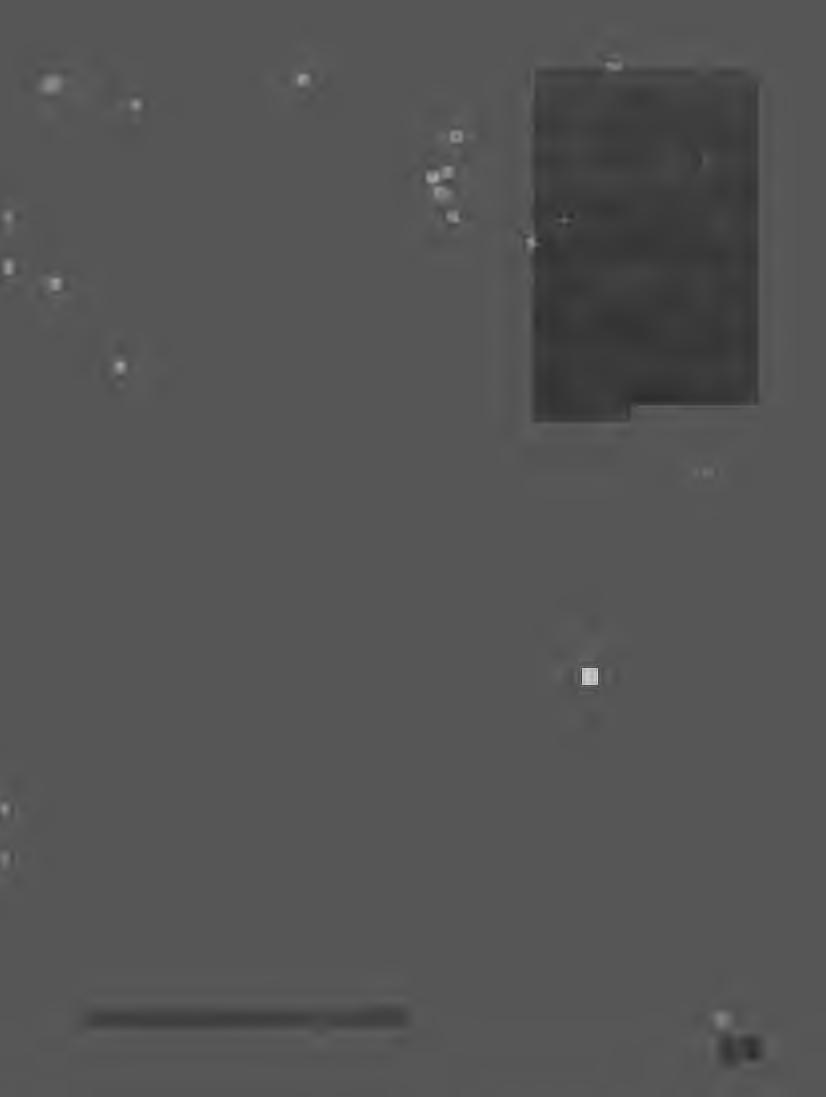
artist who n~rmally works in a sitespecific manner, West began by using photography to document spaces she discovered during work on other projects. The artists looks for some trace of human presence -fingerprints smudged on a wall, the outline of a painting that has been removed from the wall -to which she feels a connection. Although not always •fully visible in her dark and hauntingly evocative images, the remnants of human activity suggest the life that has passed through these spaces but is now absent. Although quite different in color and feel, the compositions of both MacDonnell and West evoke the presence of the life now missing from our eyes and we are left with the subtle evidence of a human trace.
© 1998, Kate MacDonnell, Untitled, from Home & Home series, C-print, !6x20"
Pq/13
As we move swiftly into the 21 st century are our traditional ways of socialization and interaction becoming outmoded? Will humans no longer feel the need to communicate with one another on a face-to-face level at all? Will e-mail and the computer replace the telephone and trips to the grocery store? Will we sit in darkened rooms constructing new on-line identities and masquerade as those things we cannot be when
confronted with another person? With the increased use of these technologies humanity seems to be at odds with itself. The six artists featured struggle to maintain humanity in their work, though the human element is reduced to shadowy pixels of a surveillance image, the symbolic architecture of a boardroom, or the outlines of footprints on a bath mat.
© 2000, William Stover
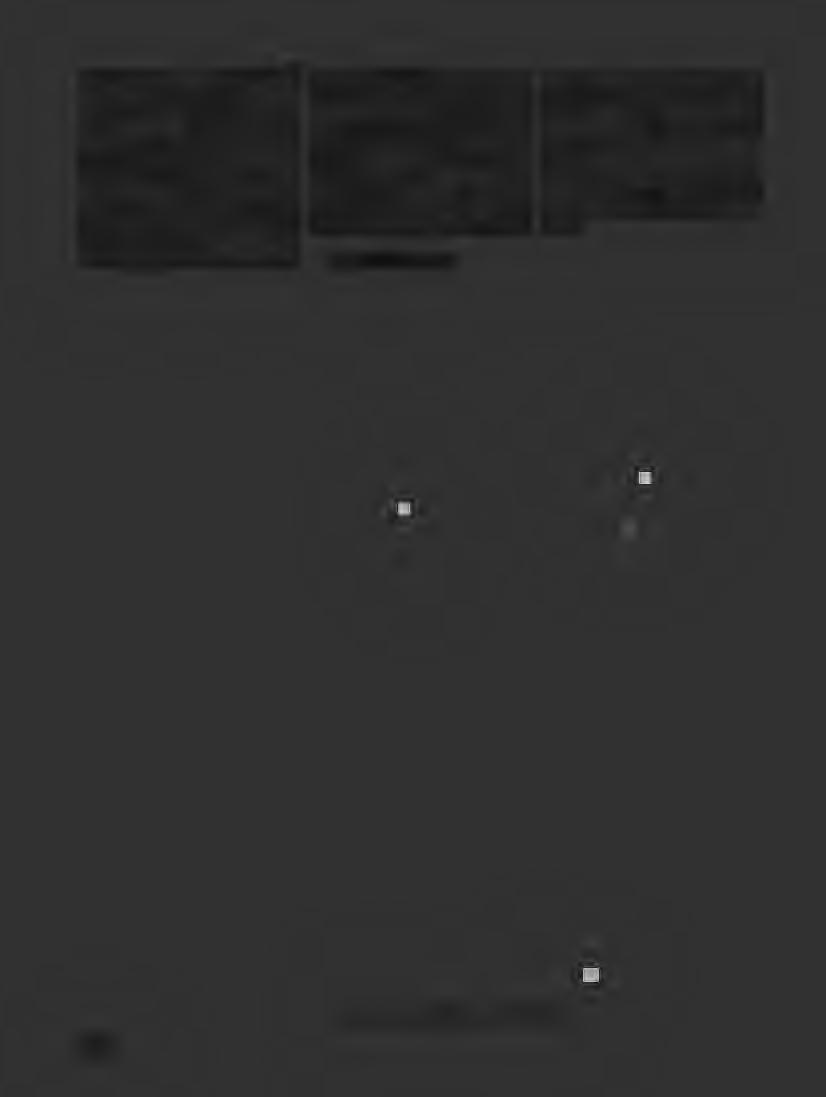
At a Remove originated as an exhibition curated by William Stover at the Center for Photography at Woodstock, NY in fall of 2000. Artists included: Gerard Byrne,Andrea Geyer, Kate MacDonnell, Mary McIntyre, Robert Toedter, and Jean West.An expanded version will be at the Pittsburgh Center for the Arts in January 2002.
Pq/14
© 2000, Jean West, Untitled, presented as 35mm slide in viewer
William Stover is the Curatorial Administrator/Publications Manager at the New Museum of Contemporary Art in New York. Formerly Exhibitions Associate at Independent Curators, he coordinated the loans and catalog production of the retrospective exhibition. Lee Krasner. Stover's independent exhibitions include Whodoyouthinkyouare?,Alternative: Alternative, and BuyingTime, an exhibition of the 2000 Painting Fellows of the New York Foundation for the Arts which opens in June 2001.
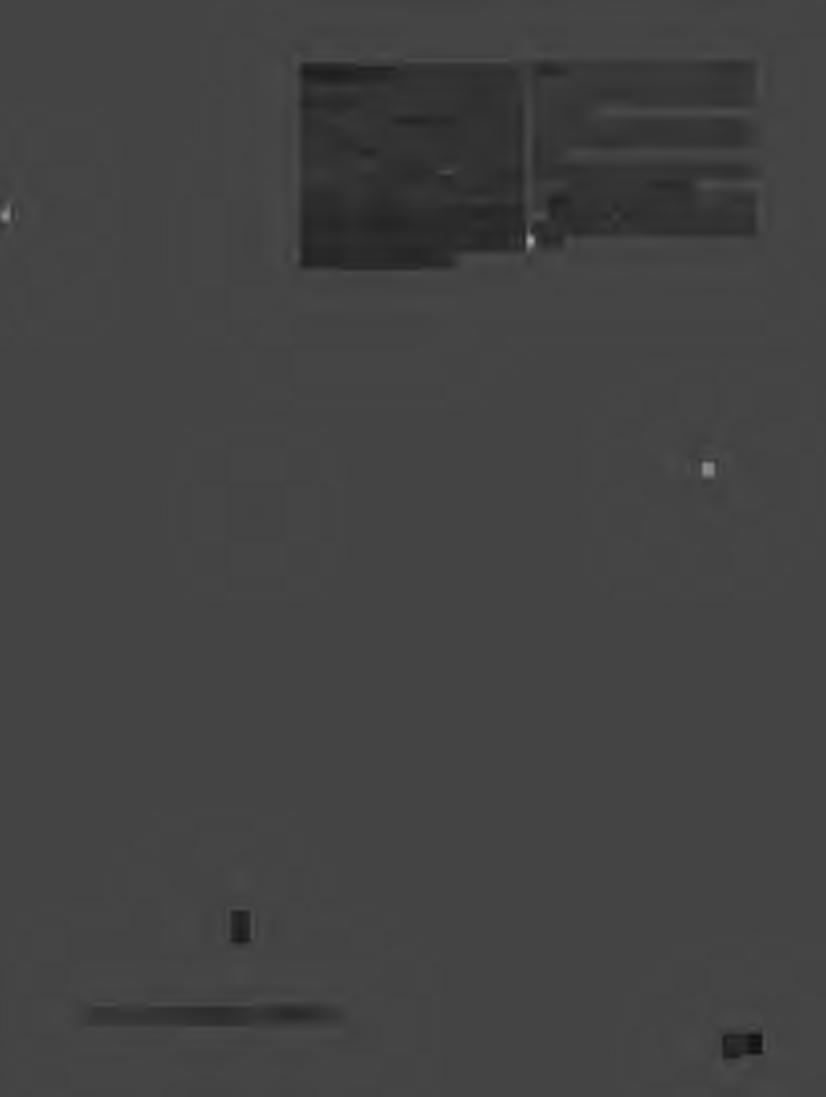
1. I am indebted"to L.Halsey Brown and Daniel Jewesbury for the "conversations" that raised important issues and helped to focus many of these ideas.
2. For a thorough discussion of this idea see: Sean Cubitt, Digital Aesthetics, Sage, London 1998
3. Barbara Pollack,"Lights,Action, Camera!" Art News, February 2000, p 126-131
4. Paul Virillo, "The Overexposed City;' Zone _, 1986, pl5-31, quoted in Untitled:Jayce Salloum, Jim Crobnick and Jennifer Fisher, 1999
© 2000, Jean West, Untitled, presented as 35mm slide in viewer
Pq/15
media(tion); fragmentation and acceleration
1.halsey brown ,v.LJ[:_Q.[;;__\V[:_Q.[:_you ONNb..,vY[;;__AQ.·.:ib..Vb..1999? DID you LlAVb..TLlb..Tb..Lb..V1.::,1ONoN?
Life through the mediation of television. Is this life that is viewed, not experienced? Was there a collective 'experience' of New Year's Eve via television or were we at a remove? The video works in media(tion); fragmentation and acceleration mark psychological shifts in our sense of experience through the influence of the media; television in particular. Television reflects how the world is now processed; in a fragmentary way and at a faster pace.
Mediation (as essentially a process of contextualization as much as it is a distancing) has been intergrated into our daily lives through television so that our idea of what it means to experience something has now been permanently altered. While we can't always be fully conscious of how our experiences are being mediated, they have become more universal: New Year's Eve being a primary example. This shift in experience especially includes a new relationship to time.
The fragmentation aspect of the video named above encompasses a work by Gary Hill that is projected onto the gallery architecture. The video embodies the idea of fragmented experience, in relation to our physical surroundings as well as to a use of language. Hill has a long history of making work about our experience of communication. His use of language/image can refer to how we receive information on television through sound bite
sound and image coll another, so neither can be fully re e

FROM vidlounge@aol.com
To: reader@yourmailaddress
SUBJECT: when I feel lonely, I check my e-mail
DATE SENT: November 2 0, 2 0 0 0 2 : 31 a. m.
Dear reader,
Has the internet affected the way you now process your world; in a fragmentary way and at a faster pace? How has it affected your sense of time? Has it shifted your sense of experience, concept of interaction?
contradictory t
Pq/16
Tub.. \\/OQ.LD16 CONNb..Cfb..DTUQ.OU<:;"LlTUb..fv-1b..A6UQ.b..fv-1b..NT Of Tlfv-16...The acceleration aspect of _media(tion) includes works by the Halflifers, Tracy Bass/Jes Benstock and Adam Cohen. These works are on a monitor to especially reference television's contribution to our being able to process information at an accelerated pace. These works explore some of the psychological residue of this new experience of time; anxiety and a sense of disconnection from our surroundings.
Rescue Parables was the first in an on-going series of works by the Halflifers: Anthony Dicenza (San Francisco) and Torsten Z. Burns (New York). The human body becomes a point of focus as our anxieties of the future are being acted out by two men wearing white jump suits (1.:,t·.J°TTlJAT,VlJAT,vi;;.,vrn.i;;.
TOLD \\Ii;;_\YOULDALLi::,i;;_\\li;;.AQ.INc:;INTlJi;;_FLITUQ.i;;.?). In a contained microcosm of the universe, they have replicated the continuous onslaught of danger we experience in so many forms daily. As they mirror how we create problems/solve problems/create problems/solve problems, they also show that the only way we'll survive is through some sense of a human support system.
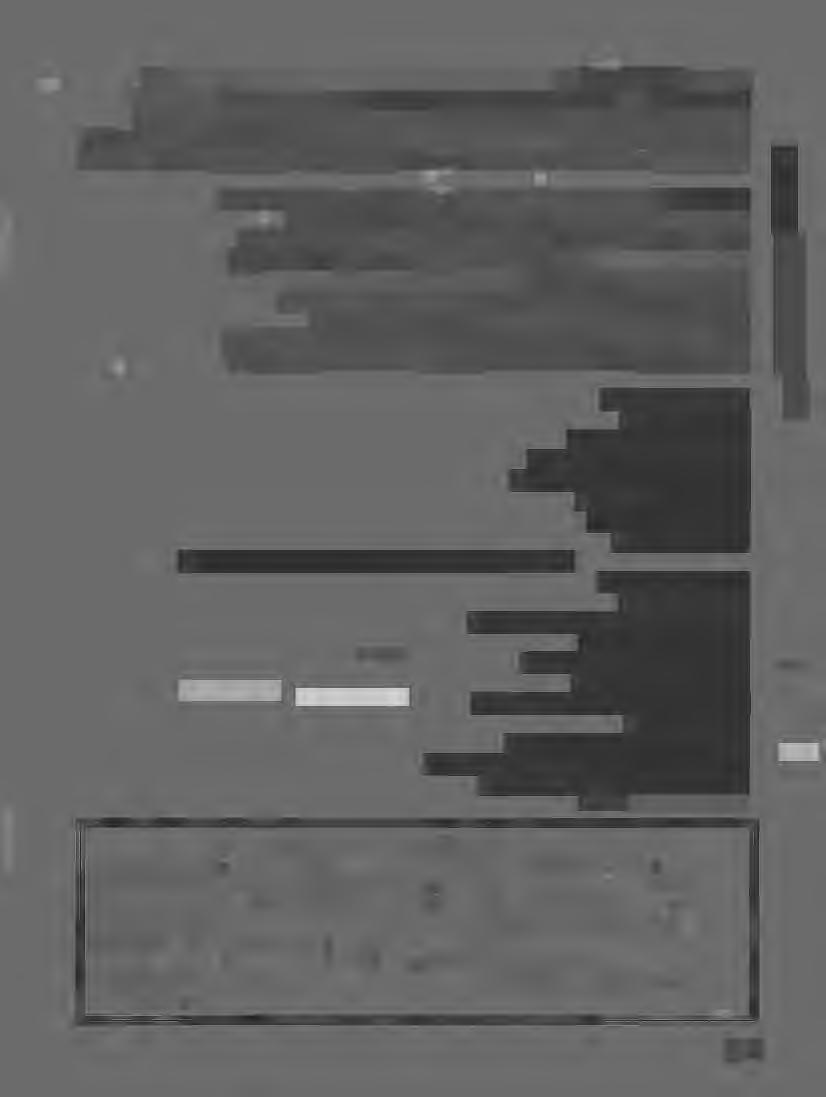
9.TIMEPORALGRID
10.TEMPORICITY
17.MULTIPLETAKES+VERSIONS
18.RECONSTITUTEDINORGANIC/ORGANIC
19.ACCELERATEDMICRO-MOMENT
Halflifers (San Francisco/NewYork)
Through e-mail, you can now keep in contact with people everywhere in suspended time. We know exactly when the SEND button was pushed. We can DELETE a thought before we 'speak'. It has created the OPTION of sending an e-mail message vs. having to confront someone directly. We have CONTROL over when/where we can communicate. As email dialogue is a RETURN to letter-writing, it also includes an immediacy and casuality that 'snail mail' does not. We cannot ESCAPE that the internet has begun a continuous SHIFT in our sense of time, place, experience.
l l
1.CRASHCARTS 2.MOBILEGEOGRAPHY 3.ARCHITECTURALMOIYIENT 4.TRANSPORTATIONVEHICLES 5.TRAVELCARRIAGES 6.MOBILECARRIERS 7.GEARWAGONS 8.NEWMAN/NEWWOMANBASEDDELIVERYSYSTEM
THOUGHT-DRIVES:
.,....__.....--.,
11.EXPLOSIVECHARGEDCONTEXTS 12.HOLDINGPATTERN 13.METAPHORICPROJECTILE
14.UNIVERSALBODIES 15.SPEEDASRECOVERYSTRATEGY 16.SLOWSPEED
Pq/17
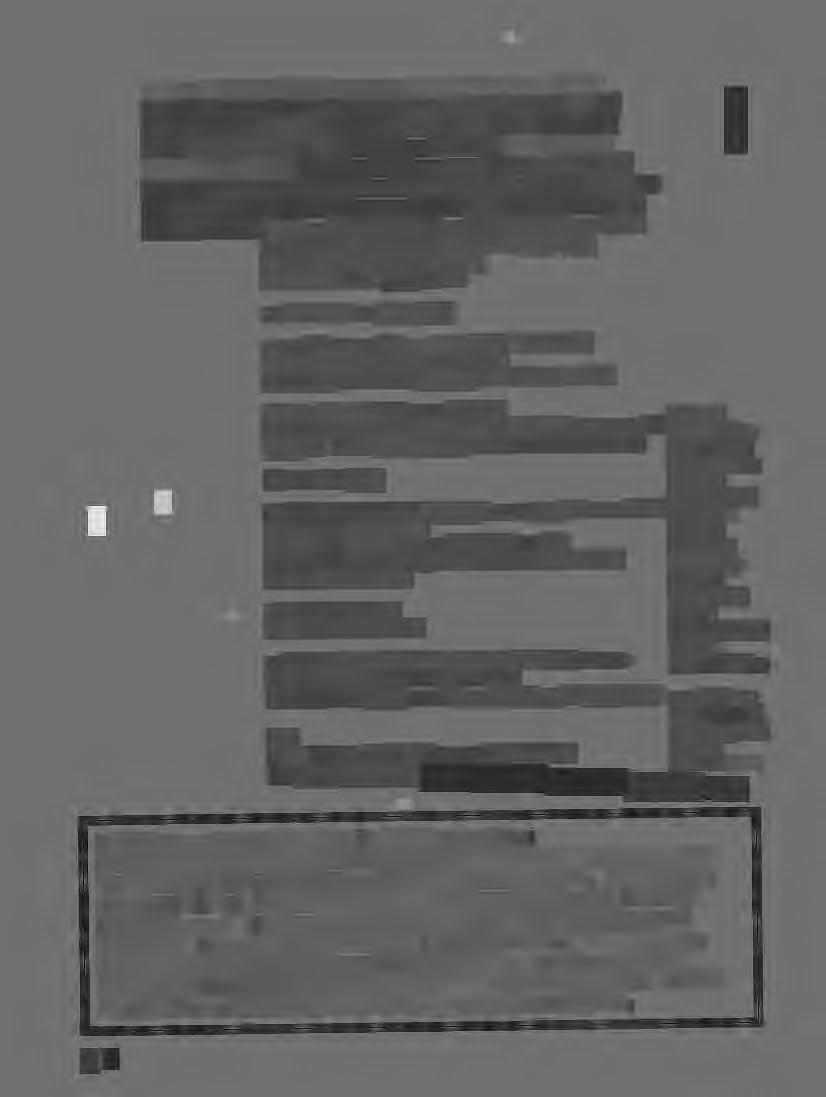
\VJJyARb.\Vb.MoVINc;"60 fMT?16ITAfb.AROf.:iL..O\VINc;"DO\VN.fb.AQ.OfDb.ATJJ?
TheBox is a work that identifies with being outside of 'the box' i.e. the st,andard modes of society. While the rest of the city and its inhabitants are all moving in exceleration, there is one individual (AL60D12.b..:>-=>b.D IN ·fUTURl-=>Tlc·JJb.ADc;"b.AR) who moves at her own pace. Her sense of isolation from her surroundings become more univer al as she sees that the images on the television come up at the same pace that the city is moving around her, and she is alone. chaplin was dragged through rhe cogs of a giant machine - now he'd be sucked down wires, shot across the world at the speed of light we are drawn cowards light and its speed harder, faster, louder - up go the cries
coo much noise, not enough signal
we can feel swept up and away by the eddies of thousands of telecommunications, transports, connections many people withdraw into depression and mild forms of autism
there is a syndrome called contact avoidance d d · ea time the sufferer communicates via internet chatrooms, email, text message and h c phone call - but the physical presence of others has become intolerable
the noise is rhe signal
owever rast we get, nature still goes at the same slow pace televisions blare the flow of information and experience is now so great that we can observe al f out t es o great rides and weather fronts 1 p anetary rhythmic and arhythmic patterns play through our lives d . estrucnon standing still we see the flows, feel the current and the adrenalized d d spee ecayheartbeat of modern times . .
it feels beautiful and sad this is the world of "the box"
an alien from another timeframe - fifty times slower than our ownmakes a brief visit to the madness of our rimes the traffic and the people come in waves, washing past the barely moving gnppmg, seductive and fleeting the alien's sadness deepens she must leave us even when you can't hear all the alien traffic, you know the air fills with a sadness - of moments lost, unobserved it's there .. Tr Jes Benstock (London) time simply passed through
I invite you to consider the following questions: How has your relationship to time shifted in the last 5 years? In the last two years? In the last year? In these same periods, how has your process of attention shifted? Do you think any of these shifts have affected your life in any way? Could you say to what degree any of these shifts are connected to media (tv, movies etc.) or to your use of the internet? How would you describe the process of experiencing something? Does physicality have to be included? How important is time in relation to experience? Describe your experience of time.
acy Bass/J B es enstock
The Box, 1997
Pq/18
Late City Final shows another aspect of the cityscape. Time passing in a a meaningless blur vs. a state of exceleration. Solitary figures move back and forth, in bxw and color, making their selections of what kind of sexual experiences they want to be at a remove from.
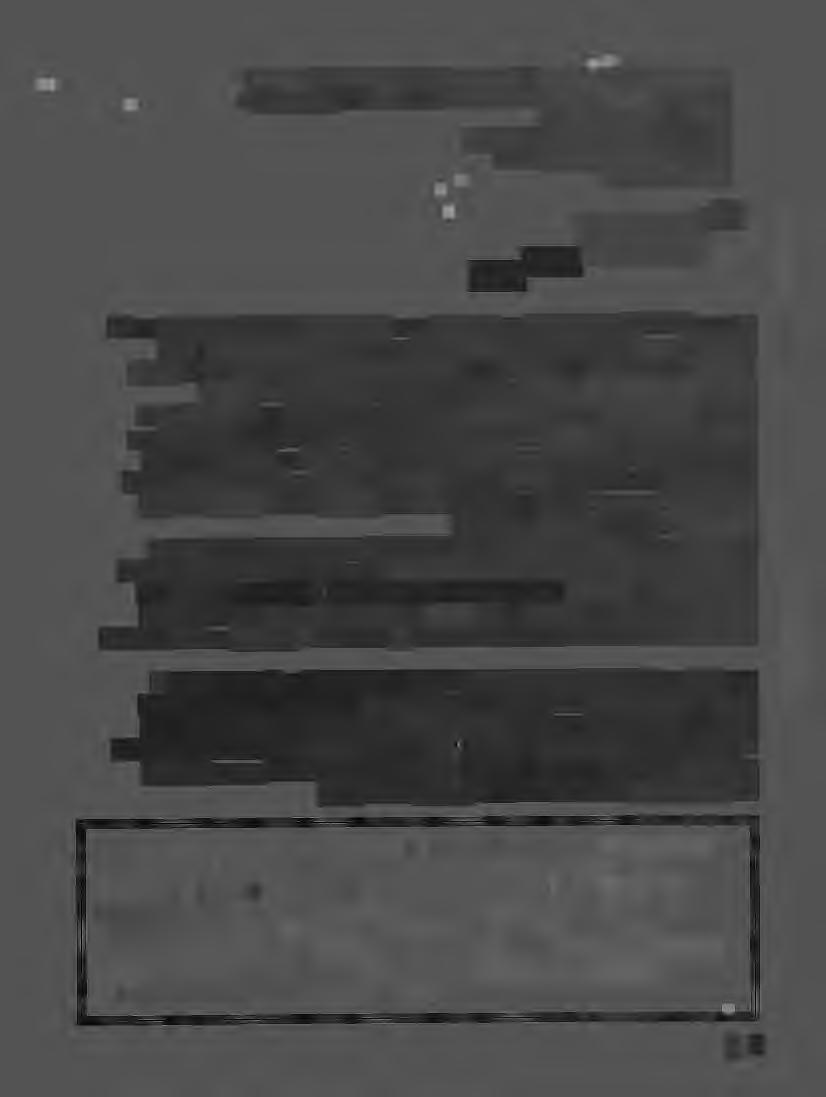
As our experiences become progressively more mediated, our understanding of what it means to have a real experience shifts. The use of technology continues to invent ways to simulate reality, the idea of the real becoming increasingly more elusive and therefore more seductive.
(\Vi.Jy[:_L6[:_\VOULD COP6 ANDAtv1[:_1:z.lCA:6fUNNl[:_6TLlOtv1[:_VIDb..06 E,[:_60 POPULAQ.?) As our relationship to television is changing due to the interent, it is still used as a storytelling forum which is a hybrid of entertainment and intimacy. In America, it speaks of how we imagine our lives to be. In the UK, it attempts to create a comfortable parallel to real life. Television tells us stories which reveal inherent aspects of culture as the commercials bely how society is fueled by speed and have enhanced our ability to process information in fragmented segments. While our relationship to these mediums is consistently blurring and being reconsidered, they both can reflect our collective psychology; television as our unconscious, while the internet as consciousness itself. The artists in media(tion); fragmentation and acceleration recognize the psychological residue related to these movements in our society. Yet the works in the exhibition ultimately illuminate how our humanity is not diluted by the transformation but rearticulated and reaffirmed.
L.HalseyBrownisanartistbasedinNYC.Hersite-responsiveworksoftenusetimeasa mediumandhavebeencreatedinternationally.Shehasalsobeencommissionedtocreate workswhichrespondtotelevision.Herpublicprojectsfocusonadialoguewiththeviewer/ audienceandincludetheon-going PlacesWeAre; aseriesofsite-responsivevideoprojectsin everydayspaces.Sheisalsoamediacurator,teachesatTheNewSchoolandfocuseson digitalcultureprojectsattheNewMuseumofContemporaryArt.
How would you describe connectedness? To what degree is it important? How many relationships do you have via e-mail only? Do you feel connected to these people? What has been your experience with chat rooms? Has the internet given you a sense of being connected to a larger section of society? Do we need to physiocally connect to something in order to be truly connected to it? How would you describe psychological distance? Would this have to include geographical distance? Are you and I connected now?
Pq/19 P7 "fJ 1:1 iS z. \)' P7 G "fJ z. P7 ! z. I> z. I> z. -I P7 J .s:: P7 z. -I -I I> "fJ o! R P7 r r z. .!'\ ( \)'
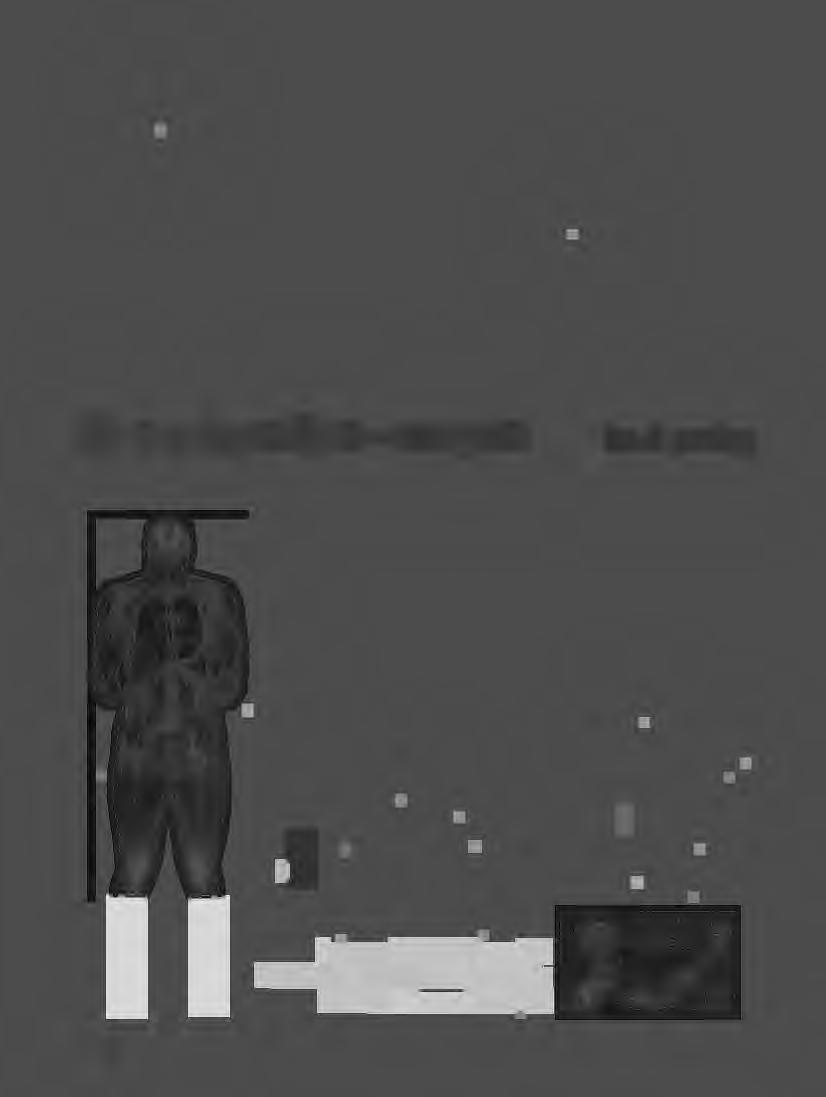
objectsgazingat objects-somepoints danieljewesbury Pq/20

1. show & tell, hide & seek
a. I saw a·girl walking briskly up the street, clutching her skirt to herself with one hand, embarrassed at the slit that revealed her thigh. When she had put the skirt on that day it must have made her feel good about herself, about her body; but for some reason she changed her mind, and became self-conscious. Like her, one often cannot decide what to hide and what to show.
b. I walk along the street with my earphones on, looking at the world as if it were a music video, as if I were the camera-eye. All around me the city dissolves into objects - car-objects, tree-objects, building-objects, people-objects, and at the middle of it, the me-object. Every urban scene becomes virtualized -the eye panning across it, cutting and tracking, detached yet naturalistic (because one learns to view the world through screen naturalism). In this solipsistic externalization of everything, one can objectify even the self, experiencing feelings vicariously, isolated from any sociality.
c. And of course, there's no such thing as unmediated communication. Even the highest bandwidth - you and me, face to face -is mediated by language and intonation, and expression and mood.The German philosopher, Ji.irgen Habermas, writes that we will arrive at a truly enlightened society not through conflict, but through negotiation, by perfecting communication and striving for an 'ideal speech act' . 1 At that point, the interference will fall away, women and men will speak unto men and women as unto themselves, and we will be able to get things done.
d. Suppose that internet communication is not 'postmodern' or 'post-social' at all; suppose, then, that the internet is the epitome of modernity, the goal delivered -every reader an author, each of us at the center of our own narrative (that is, virtual) world. In the Internet's here-nowness, through its bizarre forms, where speech becomes writing, have we already arrived at an ideal speech act? And, in short, is this it?
2. the me-object and how it is made
(rehearsing some modes of objectification)
a.According to Karl Marx, the instrumentalism of capital alienates us from our work,from the product of our work, from our colleagues, and finally from ourselves. Treated as dispensable components in an ever more efficient industrial process, we are detached because the commodities/ objects -that we play a tiny part in producing, only have value as objects, things to be traded.They are not intrinsically useful to us, the producers.
b. Feminist psychoanalysts, revising Freud, tell us that people are alienated from the self at childhood, either because of mundane parental cruelty, violent abuse, or both. Shame and self-loathing can disable, and one functions only at a remove from the self that disgusts.As one
forms relationships in adulthood, one attempts to exact compensation by objectifying those with whom one has formed bonds of mutuality.The cycle is perpetuated. 2
c. Frantz Fanon, [a French-Algerian psychiatrist and author of Black Skin, White Masks], identifies the psychodrama of colonialism: the colonizer objectifies the colonial subject by projecting onto him/her his own fears, making the native represent everything that is savage or Other. This Other in fact represents all those things repressed in the colonizer's own unconscious, such that, fear and desire become almost synonymous. The relationship, furthermore, is possessed by an awful mutuality, since each fantasizes about occupying the other's place in a violent reversal of roles.The native is objectified from him/herself, since self-identity is just a fantasy imposed by the colonizers, 'over determined from without', like Caliban [the slave of Prospero in Shakespeare's The Tempest]. By the same token the colonizer's fear depends on and demands, the native's desire for revenge.3
d. Sean Cubitt writes that users of Internet chat rooms and online multi-user games are participants in an elaborate masquerade.While seemingly engaged in new forms of sociality, they are actually reinforcing the boundaries that separate them from one another, each strengthening their own sovereign subjectivity.The idea that in the network one diffuses the self is a myth; one hides behind layers of disguise; constructing a metonymic, supplemental self, which in turn endlessly engages with other such spectral representations. One is hyper individuated. 4 Cubitt's theory is a profound contextualization and historicization of supposedly unprecedented Internet communications.As modern readers and viewers of art and narrative, one can understand the art-object by filling it with themselves and/or projecting ourselves onto it. We reproduce and perpetuate the self in the art-object.The inhabitant of a virtual landscape and the viewer of a work of sculpture or film, alike, gaze slackjawed at a world that is their own fantasy.
e. For several years the National Library of Medicine in the USA has been working on what it calls the Visible Human Project. This has gained some notoriety. The cadavers of a man and a woman were frozen and cut into many thousands of slices with a laser scalpel.They were then photographed and the slices ordered into a stopframe animation. On the NLM's website one can take a tour through the human body, from top to toe, as no one has ever seen it before.5 This body is meat. Seen as a startlingly novel use of new media, this most crude objectification of our own bodies is quite crassly anachronistic. Nothing in the animation demands the use of new technologies -it could have all been done with a 16 mm film camera - even with a few rolls of slide film. It is the absolute objectification of the body that is most fitting to the use of the Internet; floating here in cyberspace, detached from our corporeal selves, it is somehow easier to take the vertiginous trip through the prime cuts of the human animal.
Pq/21

f. Postmodernists have problems with all these theories, insisting that it is misguided to presume that there is some kind of'original'whole self -some sort of state in which one exists before society messes them up.After the death of grand narratives, how can we really talk about regaining a coherent sense of self? Isn't this like those post-colonial states that try to rediscover their 'lost' culture, with such disastrous results? In postmodernist terms, the contingency and fragmentation of identity is the given state, demonstrating that all those categories in which we used to believe -race, gender, class, and so on -never really existed and were simply insubstantial chimeras. Multiculturalism tells us that cultural identity is like a boutique; we can all respect one another's cultures, so long as we don't forget whose is number one -so long as nobody threatens our political supremacy. One can pick and mix, wear a sari this month and mourn the troubles of the 'hood the next. Self-alienation isn't the result of a string of psychological, social, and economic traumas; it's a positive boon.
3. mediation, immediacy, and translation
a. The realization that one can have no unmediated perception of the outside world is hardly new, even if one feels that he/she has recently discovered it. The history of philosophy is a history of comprehending this mediation and of theorizing relationships between outside and inside. During the Modern period, philosophy and art colluded to make the external world's reality dependent upon, or contingent to, the subject's perception of it. Since, in this formulation, the subject was uniquely privileged, not just as a viewer but as the very condition for the world's existence,it was naturally presumed that each individual had unrestricted access to the phenomena of that world. Therefore attempts to engage directly with the sensual world, the unmediated world of experience, were expressed through realism, impressionism, and naturalism.
b. During the last hundred years, people have again come to. realize that they are not the sole reason for the world's e~stence.Three stages in the history of the photographic im~ge illustrate this development. Some time after the first\photographs were produced it was presumed that they were scientific records, accurate, and unmediated representations of nature. In the twentieth century theorists began to ask questions about context -about what is left out of the image -to interrogate the picture's mediation of what it seeks to represent. One discovers that representation itself is a bankrupt strategy.All representations simply become representations of the act of representation - ideological devices subject to the same instabilities and slippages as words.
c. Can the response to this be simply to retreat into calls for unmediated experience? Samuel Beckett, the playwright, faced by the conundrum of context and mediation, decided to write in French to dissociate himself from the parochialism and the petty nationalism of language. 6 Bertolt Brecht, the German playwright, anxious
to avoid the manipulations of naturalistic drama, introduced 'Verfremdungseffekt', a narrative device by which the viewer was 'distanced' from the plot of the play, and thus, in theory, better able to analyze the characters' behavior in particular situations. Brecht wrote that tension should be expunged from drama and that the theatre should be a place where an informed and discursive dialectic could be developed between players and viewers.7 Today we are faced with new naturalisms in cinema, art, and writing that disguise themselves in the clothes of'postmodern' or 'non-linear' narrative: the handheld camcorder, the unrehearsed scene, and the blurring of the lines between drama and documentary, first and third person, author, character, and reader/viewer. These neo-naturalisms manipulate us, even while they pander to our gaze; they exploit our desire for some kind of access that is untainted, some true connection to the object-world, which we otherwise only experience secondhand.
4. present-presence
a. Homi K. Bhabha, a leading theorist in postcolonial studies, writing about hybridity and about Frantz Fan on, cites John Locke, one of the fathers of the English Enlightenment. Influenced by Rene Descartes, Locke devised a theory of the continuity of the subject across time.As far back as one can identify oneself in memory, one can trace "the same consciousness uniting those distant actions into the same person, whatever substances contributed to their production". 8
b. One of Samuel Beckett's characters says, "Allmingles, times and tenses, at first I had only been here, now I'm here still, soon I won't be here yet, toiling up the slope, or in the bracken by the wood, it's larch, I don't try to understand, I'll never try to understand any more, that's what you think, for the moment I'm here, always have been, always shall be ..." _9
c. The page that you look at on your Internet browser is doubly present. It only exists now, in the present, and here where it is present - at this moment there can't be any page other than the one that's on the screen, that potential does not exist. 10 Click a link and the page disappears to be replaced by another page that is the only existent.The web has an immediate horizon -the contexts, links, and networks are hidden, they're not really there at all. In the decontextualized present, we have a future-object and a past-object, but only the present is here.
d. I have fully objectified my own past. I have no affinity with it. My memory is not a series of events but an assortment of still images, locations, and settings. Lockean depth has given way to infinite, momentary presence.
e. "The infinity of the virtual has taken the place of the infinity of the divine, turning the eternal expansion of the future into the internal and dematerialized spatial expansion of the present." 11
Pq/22
a. E-mails are possessed of a contrived informality. The very things that make e-mail communication distinctive - the extensive use of lower case, the casual approach to spelling and punctuation, the dependence on speechbased phrases and idioms - are themselves new conventions. Often, one will not re-read an e-mail before sending it, since the medium is meant to be based on spontaneity and editing can seem excessively fastidious. As a result of this affectation of immediacy, where language is used in a deliberately imprecise way, offense can often, unintentionally, be given. In face-to-face situations, speech is modulated and inflected by gesture and context.These additional carriers of meaning are absent in e-mail, which takes only the words and does away with the setting. It seems that ambiguity itself is a new mediating layer in low-bandwidth communications; how could we learn to use this and what will we lose when e-mail is eventually replaced by the videophone?The phenomenal popularity of e-mail was one of the felicitous byproducts of the corporate instrumentalist development of the Internet; it's what employees are doing when they should be busy with something else. We need to exploit these happy accidents and inhabit the ambiguities.
b. On the other hand, we often find using the web frustrating and boring.There's a certain erotic dimension to web use, as one follows the digital paper trail in an attempt to satisfy desire.There's also a pornographic quality to all information on the web, it's objectified, made to be useful, and all data is somehow the same. Perhaps pornography is the most logical content for the web, a utilitarian mechanism - with which desire can be quenched while re-affirming the original lack - demanding that one always returns. Endlessly repeating one's own objectification in transactions on the web, ultimately one experiences only disaffection.
c. Can we ever escape this cycle of objectification? Can we devise another way of using machines that have objectification and instrumentalism built into their very design? Might the answer lie not in trying and failing to transcend this mess of relationships and mediation, but in acknowledging that without mediation, there is no meaning, that meaning only exists when it is communicated, when we devise strategies of representation and interpretation. The attempt to satisfy ourselves by finding some narrative closure in identity is itself the very thing perpetuating our frustration.
d. How can we make and approach art that builds a narrative out of the failure of narrative? Why is it that the most interesting efforts to engage this question have arisen not in the new, 'post-narrative' media, but in the familiar context of (linear) film, video, and photography?
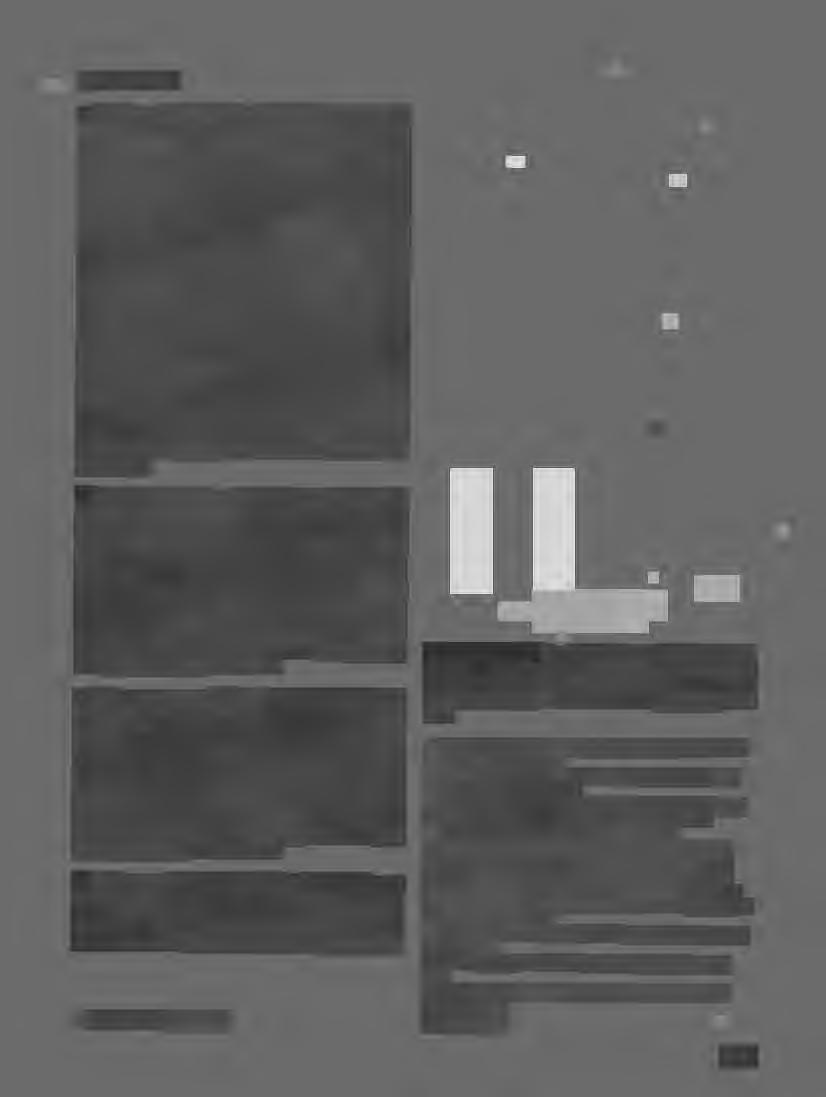
© 2000, Daniel Jewesbury
DanielJewesbury is an artist and writer based in Belfast, Ireland. He is on the board of CIRCA, the magazine of Irish visual culture and is completing his PhD in the conceptualization of new media at the University of Ulster.
1. Jurgen Habermas, The Theory of Communicative Action, Volume 1, Heinemann, London, 1984
2. Alice Miller, Thou Sbalt Not Be Aware: Society's Betrayal of the Child, Pluto Press, London, 1998
3. Frantz Fa.non, The Wretched of the Earth, Penguin, London, 1990; also see Black Skin, White Masks, Pluto Press, London, 1986
4. Sean Cubitt,DigitalAesthetics,Sage,London, 1998
5. http://www.nlm.nih.gov/research/visible/visible_human.html
6. David Lloyd, "Writing in the Shit: Beckett, ationalism and the Colonial Subject" ,Anomalous States: Irish Writing and the PostColonial Moment, Lilliput Press, Dublin, 1993; also see Brian Hand, "Unseen Unsaid",Instances:Anne Tallentire, exhibition catalogue for 48th Venice Biennale, 1999
7. John Willett, Brecbt in Context, revised edition, Methuen, London, 1998, pp. 234-8
8. Horni K. Bhabha, Tbe Location of Culture, Routledge, London, 1994
9. Samuel Beckett, Texts for Nothing,John Calder, London, 1999
10. Cubitt, op. cit.
11. Cubitt, op. cit.
5. conclusions
Pq/23
NOTED BOOKS
TheCenterforPhotography'slibraryisopentoallindividuals,freeof charge,Wed-Sun,12-5pm,orbyappointment.Wethankthosewho havegenerouslydonatedqualitybookstoth!sholdingand_welcome newadditions.Booksaredonatedbytheartistand/orpublisherunless otherwisenoted.Recentdonationsinclude:
1. AdamFuss,photographsbyAdamFuss,essaybyEugeniaParry,Arena Editions,NM:1999,hardcover,colorandblack-&-whitephotographs. DonatedbytheJamesCrump/ArenaEditionsandDavidMaloney
2. A.O.Coleman:ABibliographyofHisWritingonPhotographyfrom 1968to1995,editedbyNancySolomon,CenterforCreativePhotography, TheUniversityofArizona,AZ:2000,softcover.
3. AllPossibleWorlds,photographsbyDouglasD.Prince,essayby RobertCraven,NorthenKentuckyUniversityPress,KY:1999,softcover, black-&-whitephotographs.
4. AlongTheWay,photographsandtextbyMarkC_itret,introductionby RuthBernhard,essaybyMerrilyPage,Custom&L1m1tedEd1t1ons,CA: 1999,hardcover,black-&-whitephotographs.
5. AncientMicroworlds,photographsbyGiraudFoster&NormanBarker, forewardbyFrancisM.Hueber,Custom&LimitedEditions,NY:2000, hardcover,colorphotographs.
6. ApproachingTheShadow,photographsandprefacebyJerryN. Uelsmann,essaybyBillJay,NazraeliPress,AZ:2000,hardcover,black&-whitephotographs.DonatedbyBobWagner.
7. BloodandHoney:ABalkanWarJournal,photographsbyRonHaviv, essaysbyChuckSudeticandDavidRieff,UmbrageEdItIonBooks,NY: 2000,hardcover,colorphotographs.
8. ABoxofKu,photographsbyMasaoYamamoto,NazraeliPress,AZ: 1998,soft-coverinclamshell,colorphotographs.DonatedbyBob Wagner.
9. ChangingParis:ATourAlongTheSeine,photographsby_PhilipTrager, architecturalcommentarybyThomasMellins,forewordbyPierreBorhan, andintroductionbyDianeJohnson,ArenaEditions,NM:2000,hardcover, black-&-whitephotographs.DonatedbytheJamesCrump/ArenaEd1ttons andDavidMaloney
1o.ChildrenofBelfast,photographsandwritingbyTomQuinnKumpf, forewardbyRobertShea,DevenishPress,CO:2000,softcover,black-&whitephotographs.
11. ChileFromWithin,photographsByChileanphotographers,textby MarcoDeLaParraandArielDorfman,W.W.Norton&Company,Inc,NY: 1990,softcover,black-&-whitephotographs.DonatedbyJimKeller.
12. DarkMatters/LightAffairs,photographsbyKunieSugiura,writing byBillArningandJoelSmith,UniversityofWashingtonPress,2000,soft cover,colorandblack-&-whitephotographs.
13. Dr.DainTasker,byBonnieYochelson,Stinehour/WemyssEditions, Vt:2000,hardcover,black-&-whitephotographs.DonatedbyHoward GreenbergGallery.
14. Friendship,photographsbyJedDevine,lettersbyJimDinsmore, TilburyHouse,ME:1994,softcover,black-&-whitephotographs.
15. FruitofTheSecretGod,photographsbyJohnSanterineros,wordsby VictoriaRimerman,AttisPublishing,NJ:1999,hardcover,black-&-white photographs.
16. GerardMalanga/ResistancetoMemory,photographsbyGerard Malanga,poembyThurstenMoore,textbyBenMaddow,ArenaEditions, NM:1997,hardcover,black-&-whitephotographsDonatedbytheJames Crump/ArenaEditionsandDavidMaloney
17. HeimatAmF/uss:BilderZur1.TiilzerPhotobiennale,various photographers,textbyJosefNiedermaier,TobiasHohenacker,andSigrid Neubert,ZavrinoEditions,Jasburg:2000,hardcover,colorandblack-&whitephotographs.DonatedbyBobWagner.
18. HunterGreen,photographsbyTerriWeifenbach,introductionby YayyakoUchida,NazraeliPress,AZ:2000,hardcover,colorphotographs. DonatedbyBobWagner.
19./ HearTheLeavesandLoveTheLight:SallyinTheBackyard, photographsandtextbyRobertAdams,NazraeliPress,AZ:1999,hard cover,black-&-whitephotographs.DonatedbyBobWagner.
20. AnImageofMonhegan,photographsbyJohnKleinhans,writingby EdwardL.DeciandWill&JaneCurtis,PrecipicePublication,NY:2000, softcover,platinumprints.
21. InYourDreams,photographsbyTerriWiefenbach,forewardby RobertAdams,Nazraelipress,AZ:1997,hardcover,colorphotographs. DonatedbyBobWagner.
22. InnerLight:TheShakerLegacy,photographsbyLindaButler,textby JuneSprigg,GnomonPress,KY:1985,softcover,black-&-whIte photographs.
23. IsolatedHouses,photographsbyJohnDivola,afterwardbyJan Tumir,NazraeliPress,AZ:2000,hardcover,black-&-whitephotographs. DonatedbyBobWagner.
24. Italy:InTheShadowofTime,photographs_andessaybyLindaButler, forewordbyNaomiRosenblum,R1zzol1International,NY:1998,hard cover,black-&-whitephotographs.
25. Life'sEveningHour,proseandphotographsbyJohnDugdale,August PressLimited,NY:2000,hardcover,cyanotypes.DonatedbyWessel O'ConnorGallery
26. MelvinSokolsky/SeeingFashion,textbyMartinHarrison,Arena Editions,NM:2000,hardcover,colorandblack-&-whitephotographs. DonatedbytheJamesCrump/ArenaEditionsandDavidMaloney
27. Monique'sKindergartenphotographsbyMichaelKenna,introduction byJohnBloom,NazraeliPress,AZ:1997,hardcover,black-&-wh1te photographs.DonatedbyBobWagner.
28. NuevoMexicoProfundo:RitualsofanInda-HispanoHomeland, photographsbyMiguelGandert,writingsbyEnirqueR.Lamadrid,Ramon A.Gutierrez,LucyR.Lippard,ChrisWilson,MuseumofNewMexico Press,NM:2000,hardcover,black-&-whitephotographs.
29. Passage:Europe,byRichardCopelandMiller,forewordbyPhillip Levine,LodimaPress,PA:2001,hardcover,black-&-whItephotographs.
30. PhotographyYourWay:ACareerGuideToSatisfactionandSuccess, byChuckDelaney,AllworthPress,NY:2000,hardcover.
31. RecentTerrains:TerraformingTheAmericanWest,photographsby LaurieBrown,poetrybyMarthaRonk,essaybyCharlesE.Little,TheJohn HopkinsUniversityPress,MD:2000,softcover,black-&-white photographs.
32. RubenonRodin,photographsbyErnestineRuben,essaysbyBernard BarryteHelenPinet,NazraeliPress,AZ:2000,hardcover,black-&-wh1te photographs.
33. SacredEncounters:EastMeetsWest,photographsbyMarcia Lippman,forewardbyBellHooks,textbyBarbaraGrizzutiHarrisonand MarciaLippman,StemmlePublishers,NY:2001,hardcover,tonedblack&-whitephotographs.
34. SantaD'Orazio,photographsbySantaD'Orazio,textbyJohnYao, ArenaEditions,NM:2000,hardcover,black-&-whitephotographs. DonatedbytheJamesCrump/ArenaEditionsandDavidMaloney
35. Sequence:NewYork/NewJersey1990-1993:byGeorgeSegal, UmbraEditions,NY:2000,hardcover,black-&-wh1tephotographs. DonatedbyHowardGreenbergGallery.
36. Silence,photographsbyHansNeleman,essaybyJohanSwinnen, poembyCharlesSimic,StemmlePublishers,NY:2000,hardcover,color photographs.
37. SteveMcQueen,photographsandtextbyWilliamClaxton,Arena Editions,NM:2000,hardcover,colorandblack-&-whitephotographs. DonatedbytheJamesCrump/ArenaEditionsandDavidMaloney
38. Ta/warts,photographsbyMichaelMauracher,textbyOttoHochreiter, FotohofEditions,Austria:1994,softcovercolorandblack-&-wh1te photographs.DonatedbyBobWagner.
39. Wings/PhotographsbyVeroniqueVial,prefacebyGuyLaliberte, TondoBooks,NM:1999,hardcover,black-&-whitephotographs.Donated bytheJamesCrump/ArenaEditionsandDavidMaloney
40. WomenPhotographersatNationalGeographic,byCathyNewman, NationalGeographicSociety:2000,hardcover,colorandblack-&-whIte photographs.
41. WorkingHands,photographsandtextbyRickWilliams,TexasA&M UniversityPress,TX:2000,hardcover,black-&-whitephotographs.
 editorerikanusser
editorerikanusser
Pq/24
